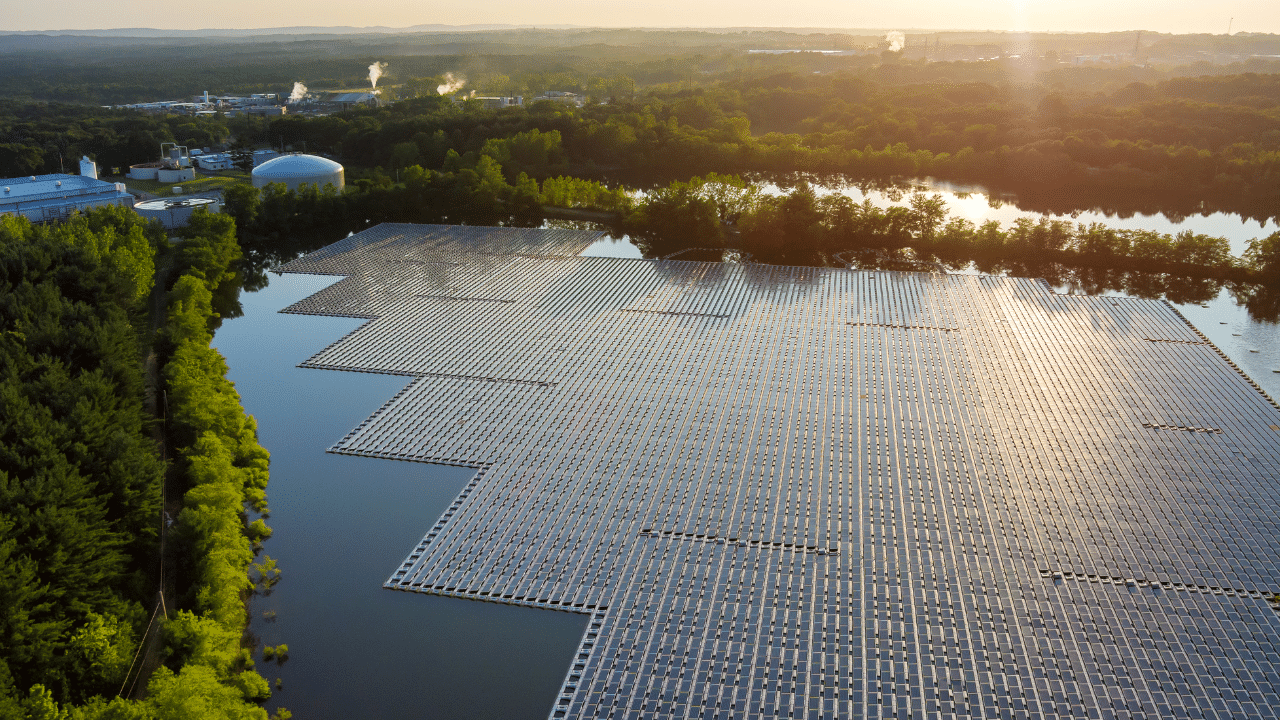Market research company, Global Industry Analysts Inc. (GIA), has published a new market study on floating solar panels or floating photovoltaics (FPV), which are also known as floatovoltaics, which shows that the market is set to reach 4,8GW by 2026, from the current 1,6GW as of 2021.
The report titled “Floating Solar Panels – Global Market Trajectory & Analytics” shows that demand for FPV panels will also be driven by the fact that FPV panels’ installation doesn’t require colossal land areas and the FPV projects are cost-efficient.
FPVs float on water and an embedded solar tracker follows the sun’s movement and places the solar panel to increase the time of exposure to sunlight and enhance the complete efficiency of the FPV system. Moreover, floatovoltaics allow low maintenance and management costs and remove the requirement for costly land areas, which considerably decreases the cost of generating solar power and frees up the land.
The water-based PV systems are beneficial in several aspects such as reduced algae growth and evaporation. Floatovoltaics additionally reduce PV’s operating temperature and costs of generating solar energy. As the water bodies are generally government-owned, it is easy to obtain permits for water bodies compared to land. Furthermore, FPVs provide shade assisting the algae to bloom and reducing water evaporation, and although power generation on individual sites is not equal to ground mounts, the FPVs are suitable for the cities having a limited roof or land space.
Markets with the most potential for floating solar
FPV panel projects are possible to set up on unused water bodies, which are anticipated to be the prime driving factor for the FPV panels’ market growth. Countries like India, China, Germany, the USA, and Japan emerged as solar powerhouses, and the growing solar energy-based electricity production, in turn, boosted the market growth of FPV panels. The US has over 24,000 water bodies that are man made which are anticipated to be useful in FPV development, as man-Made water bodies are easy to manage and have infrastructure and roads in place.
The untapped regions’ exploration such as Russia and Azerbaijan for growth, too, is estimated to benefit the FPV panels’ market. The offshore segment based on location dominates the FPV panels’ global market and is anticipated to continue dominating in years to come. However, forceful water currents and tides are estimated to cause issues or damage the FPV panels. Furthermore, high construction and maintenance costs of seawater plants are estimated to cause the inland segment to observe increased growth. The Netherlands is the epicentre of inland FPVs and GroenLeven owns a huge FPV farm in Europe promising a steady income for people willing to rent the locations that have the ability to host FPVs.






















